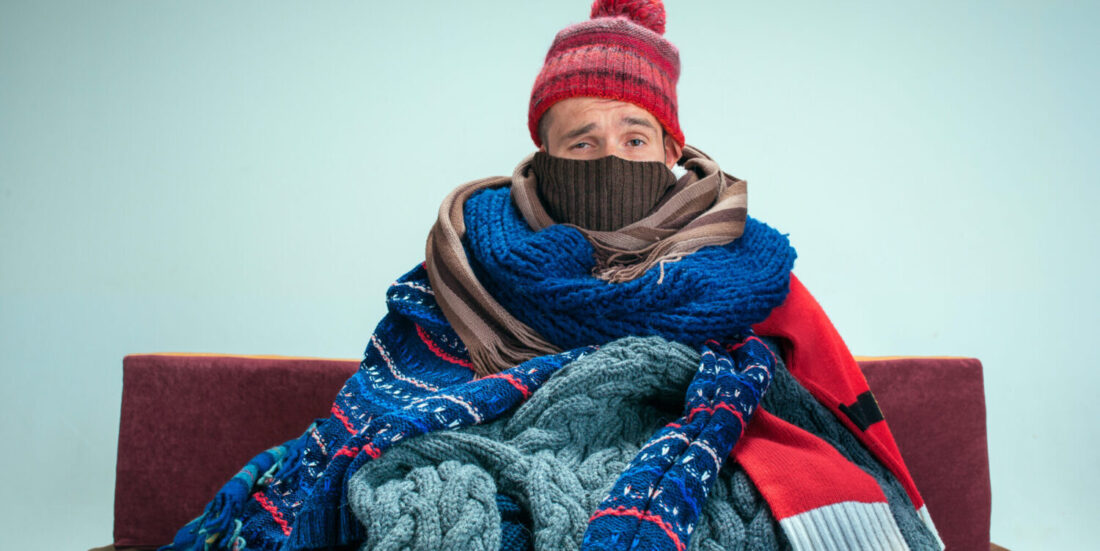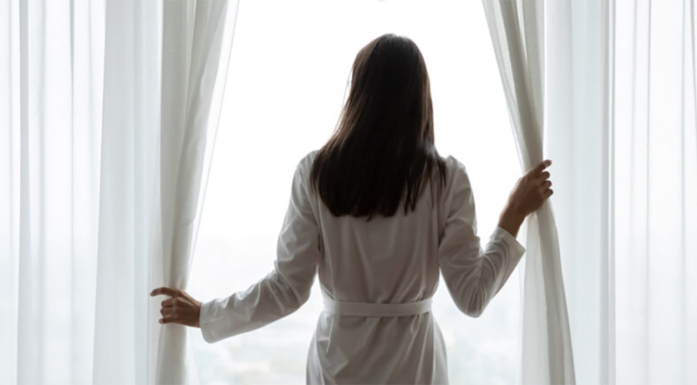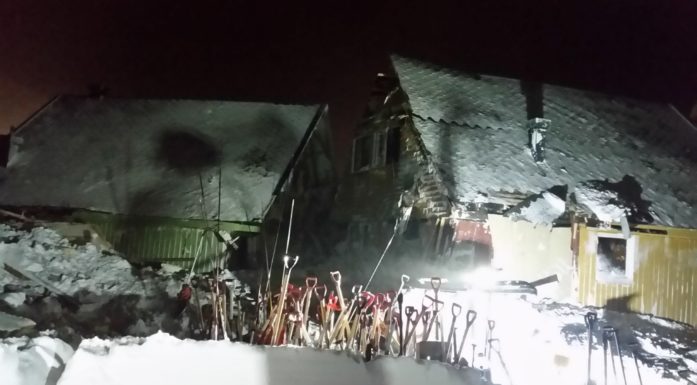For how long can you keep warm during a power outage?
Many Norwegian homes can only be heated using electricity. The authors of this blog argue that in the event of an extended power outage, energy-efficient homes will stay warm for much longer than those built according to the minimum regulatory requirements.
Energy efficiency in buildings. Prolonged power outages in mid-winter are rare but represent one of the most serious civil contingency incidents that can occur in Norway. Many of our homes are heated only by electricity and will start to lose heat very quickly when it gets cold outdoors.
In just a few days, many homes will be too cold to be considered habitable for the elderly and those in poor health. So-called ‘passive houses’, installed with good insulation and equipped with smart energy systems, will stay warm for longer, making them more resilient to outages.
One of the authors of this blog, Shabnam Homaei, has submitted a doctorate thesis on thermal resilient buildings. In her article, published in the periodical ‘Building and Environment’ (vol. 201, 109022, 2021), she draws a comparison between the thermal resilience of a house built after the introduction of the statutory TEK17 building regulations, and one constructed after issue of the Norwegian Passive House Standard (NS 3700) in response to a power outage lasting several days.
The article also proposes a method of building classification based on thermal resilience.
The power outage scenario
It is midnight on 14 January, statistically the coldest day of the year. A residential house in Oslo experiences a power outage. Life in the house continues as usual while the power company works to repair the fault. When the outage occurred, the temperature in the living room was 21 °C. What happens next depends on how thermally resilient the house really is.
In a house built in compliance with the TEK17 regulations, but without any extra measures, the temperature in the living room will fall to below 18 °C after a few hours. This is cold, but habitable. After 48 hours, the temperature has fallen below 15 °C. Elderly and sick people in the house will have to think about leaving. After four days, the temperature has fallen to 11 °C.
When the power returns, it will take about 12 hours of heating before the indoor temperature returns to normal. Under normal circumstances, the bathroom and bedrooms will be a couple of degrees warmer and colder, respectively, than the living room, and these differences will remain during the outage.
A passive house in the same scenario will maintain a comfortable temperature for a little more than 24 hours without the need for additional measures. It will take four days for the temperature to fall below 15 °C. Extra insulation means that the heat leaks away more slowly, and the house will thus remain habitable for twice as long as a TEK17-compliant building.

Development of operative living room temperatures in the example houses after a power outage has occurred. Top: a TEK17-compliant house. Bottom: A passive house built in compliance with the NS 3700 standard. Figure courtesy of blog authors Homaei and Hamdy.
Helpful extra technologies
Batteries and solar panels can help to keep a home running when a power outage occurs. A 48 kWh battery that cuts in to replace the lost power will continue to heat the house for about 15 hours.
After this, the temperature will fall just as fast as in the aforementioned scenario. After four days, the temperature in the living room of the TEK17-compliant house will be 12 °C, one degree warmer than in a house without a battery.
A solar panel system covering 40 square metres will not generate very much electricity in January, although if the sun is out, it may contribute with 2.5 kW of electricity in the middle of the day. This will be enough to raise the indoor temperature by about three degrees.
Unfortunately, the sun is not up for very long at this time of year and the likelihood of overcast skies is quite high. The output from a solar panel system thus depends on some luck with the weather and, to a small extent, the quality of the building’s insulation.
After four days in a passive house installed with a battery, the solar panels will help to prevent the temperature in the living room from falling below 16 °C. In other words, the house will remain habitable for much longer than it would have done without the contribution from the battery and solar panels.
An energy-efficient home is good civil preparedness
The passive house concept and state-of-the-art energy systems are often referred to in the debate surrounding energy savings. Our calculations also show that an energy-efficient home is also a good civil contingency measure.
In the event of a short-lived power outage, such a home can be run virtually unaffected. If a prolonged outage should occur, it can remain habitable for many more days than a house built in compliance with just the minimum regulatory requirements.





